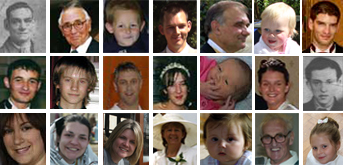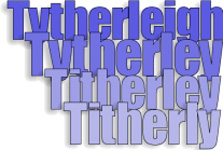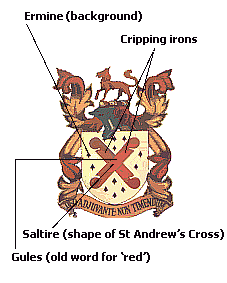|
When wearing armour in battle, it was difficult to see who
was who. Uniforms were no use, because people tended to change
sides from time to time.
From about the early 12th century, combatants
would wear symbols on badges, shields or flags, or on cloth
worn outside the armour. It was literally a coat, with the
symbols or 'arms' painted on: thus a 'coat of arms'. The symbols
were simple, bold and colourful to make them easily recognisable.
The 'coat of arms' were passed on from generation
to generation (usually in the male line), so they came to
represent families rather than individuals.
|
|
Official messengers, known as heralds, were
used to pass messages between the armies and their kings or
princes. They obviously had to know which symbols represented
which families so the designs were recorded in books called
'armorials'. Armorials contained illustrations with a description
including colours, in a language based on an ancient form
of French, the language used by most of the ruling classes
since the 1066 invasion of William.
By about 1200 a protocol prevented anyone
from using a coat of arms already used by someone else. This
was taken to be 'common law' by around 1400. From then, a
coat of arms could only be used if it was granted by the king
and this was regulated by the heralds. This is essentially
unchanged in Britain now, where coats of Arms can only be
granted by Royal Warrant.
|


